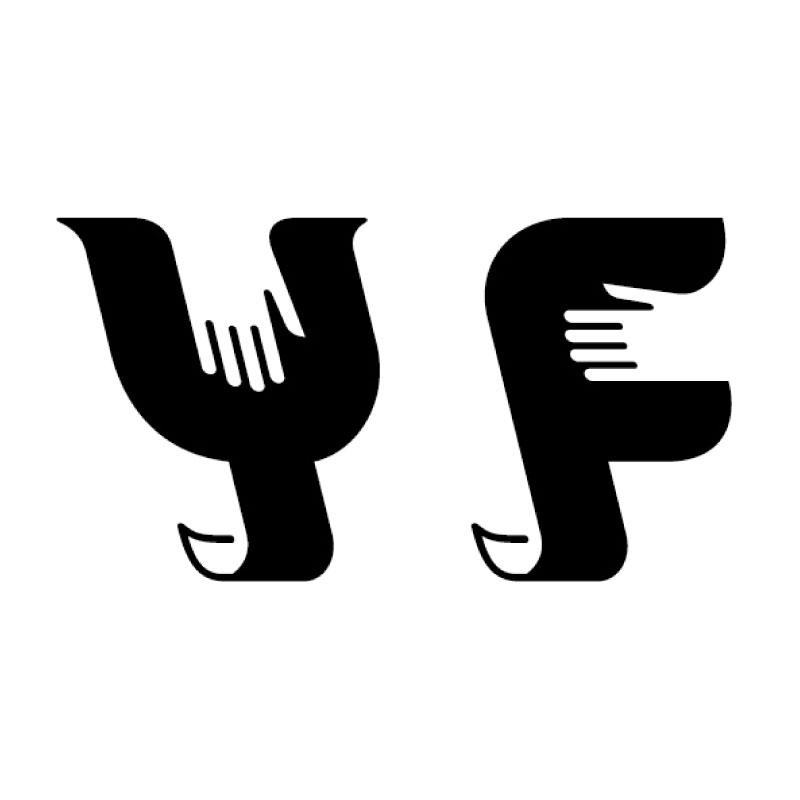Traditionally, architectural design has been prevailed by top-down design methods, which generally subordinate material and manufacturing considerations for the geometry learned. While bottom-up strategies have increasingly been explored in design processes, such as biomimetic approaches, they often follow a top-down manufacturing solution. Unlike conventional design methods, both the design development and the materialization process can be considered equal design drivers through the use of biomimetic design principles and the simultaneous development of new manufacturing methods (La Magna et al. ., 2013; Menges, 2013) . Biomimetic approaches have proven to have significant potential for design implementations through their systemic complexity and multiple logics (Gruber 2011). The morphological principles of natural organisms are absorbed and transferred to architectural applications for their performative geometries and their functional integration. The evolutionary biological processes offer a remarkable example for the integration of multiple requirements in the morphogenetic process.
This project seeks to make a replicable structure optimized from biomimetic studies to support anti-earthquake loads and to make a new and innovative construction process for the engineering and architecture market. Based on the spiderwebs, the most resistant natural structure in the world, this project was developed in six different explorations to study the physical and mechanical properties about them and how they work as a structure.
Awards
THU, SEP 19, 2019 Updated

Flextructure.


Study of Flexible Structures.

Study of the Natural Spiderweb.

Final Result: 3D Printing Structure based on spiderwebs

Models of a Flexible Node.

Mapping the Process of Spiderweb.

Metholology of the Process of Spiderweb.

Study of a flexible node through the slack, Tension and Geometry.

Simulation of the Web with Kangaroo and Grasshopper.


